Wedding Traditions
As far as a single event goes a wedding is possibly one of those which has the most traditions connected to it and I personally had never questioned them until fairly recently and I certainly never asked myself ‘Why’ ? Or for the matter where did that come from? And honestly it’s really only as I wrote this blog I’m asking myself why that is? I am no rebel by anyone’s standards but I will question something if I don’t see the sense in it or just don’t really want to do whatever it is. But I had never done that for weddings. I imagine I’m not alone in this and I’m guessing it’s simply that the traditions around weddings are so deeply seated that they have become almost more than a tradition, more of an unwritten law, not far from being set in stone.
As a Destination Wedding Planner now I give my couples permission to have the wedding that they want and if that means doing away with any traditions that don’t serve them then out they go. I’m not saying don’t have them at all but I do think that it’s OK to decide not to do something if it doesn’t feel right for you. At least for your Wedding Day you shouldn’t have to be constrained or feel obliged to do something that you don’t want to. For us it’s quite easy to do because the moment you take your wedding overseas your guests are not quite sure how the day will be and consequently the preconceptions disappear because no one is certain any longer what to expect. Will it be the same as a ‘home’ wedding? The guests simply don’t know what’s ‘normal’ where you are in the world and if you are going to ‘go local’ or stay more traditional. Let me give you an example, here in Italy they don’t have speeches so if you don’t enjoy public speaking and the idea of your wedding speech filles you with dreed, don’t do it. You simply say ‘they don’t do them in Italy’ and you’ve taken the pressure off. That said there are many traditions that no one wants to do without and others, whether you decide to have them or not, that are simply fascinating in their history.
A White Wedding dress is a classic example of a tradition that nearly everyone sticks to but where did it come from? Many, many moons ago there wasn’t money for a different dress for your wedding, you simply wore the best dress you had. Or if you did buy a new dress the idea was that it would be used again although it was possibly a more elegant version of the clothes that you already had. Its general accepted that it was Queen Victorias marriage to her beloved Prince Albert that started the western culture of a White Wedding dress that lives on today. It quickly became a status symbol to be able to afford to buy but then more importantly launder a white dress given that a white dress simply wasn’t practical to actually keep white and therefore only for the better off.
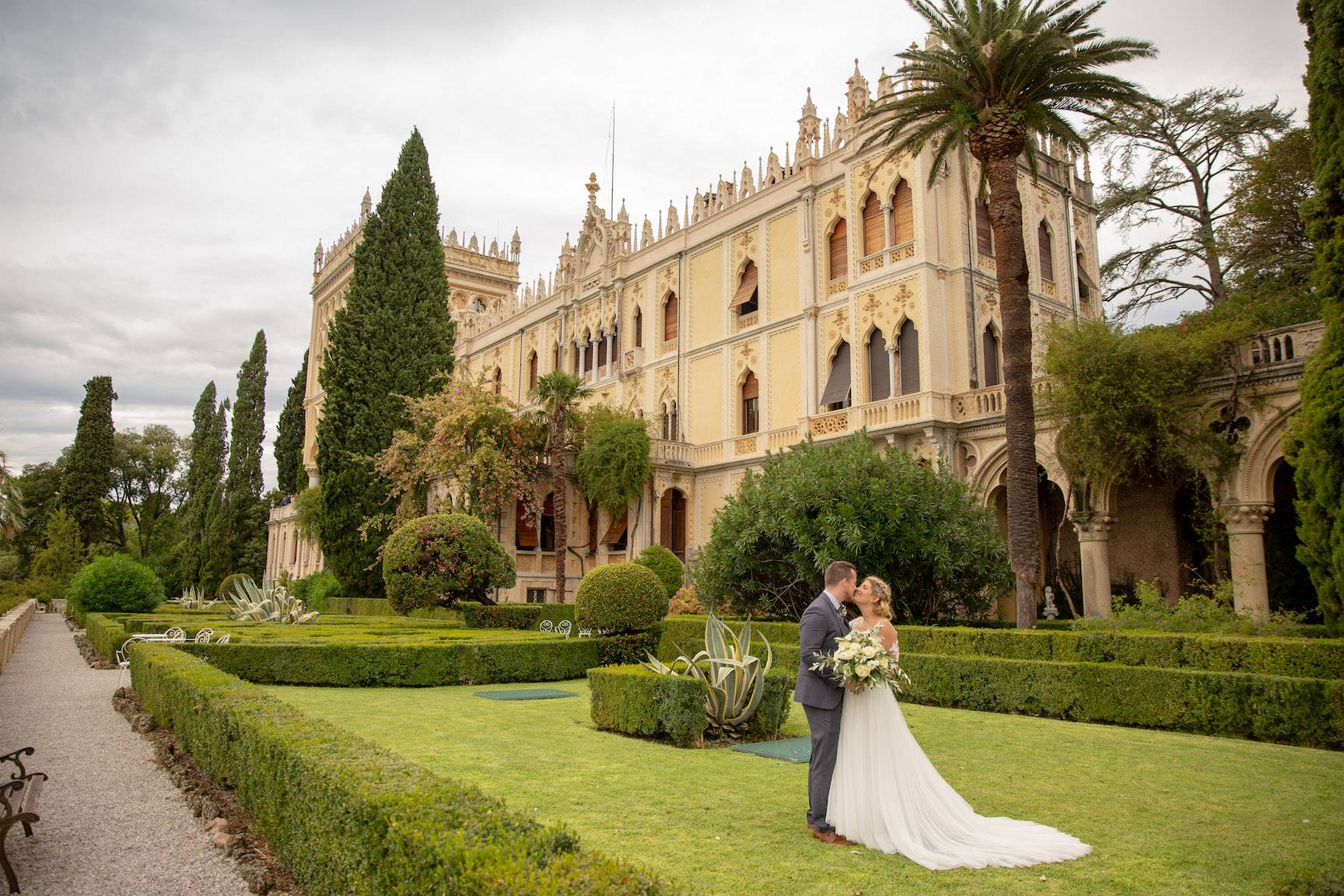
Wedding rings are another much loved and hard to part from tradition. The use of a wedding rings can be traced back to the Greeks & Romans where the ring, made of precious metal, was part of the dowry but they later became of symbol of the promise of fidelity. Originally a ring was only given to the Brides and in fact that was the case for my parents but modern couples generally both choose to wear a ring as symbol both of the commitment on both sides but also in a wider sense they are showing the growing equality between genders.
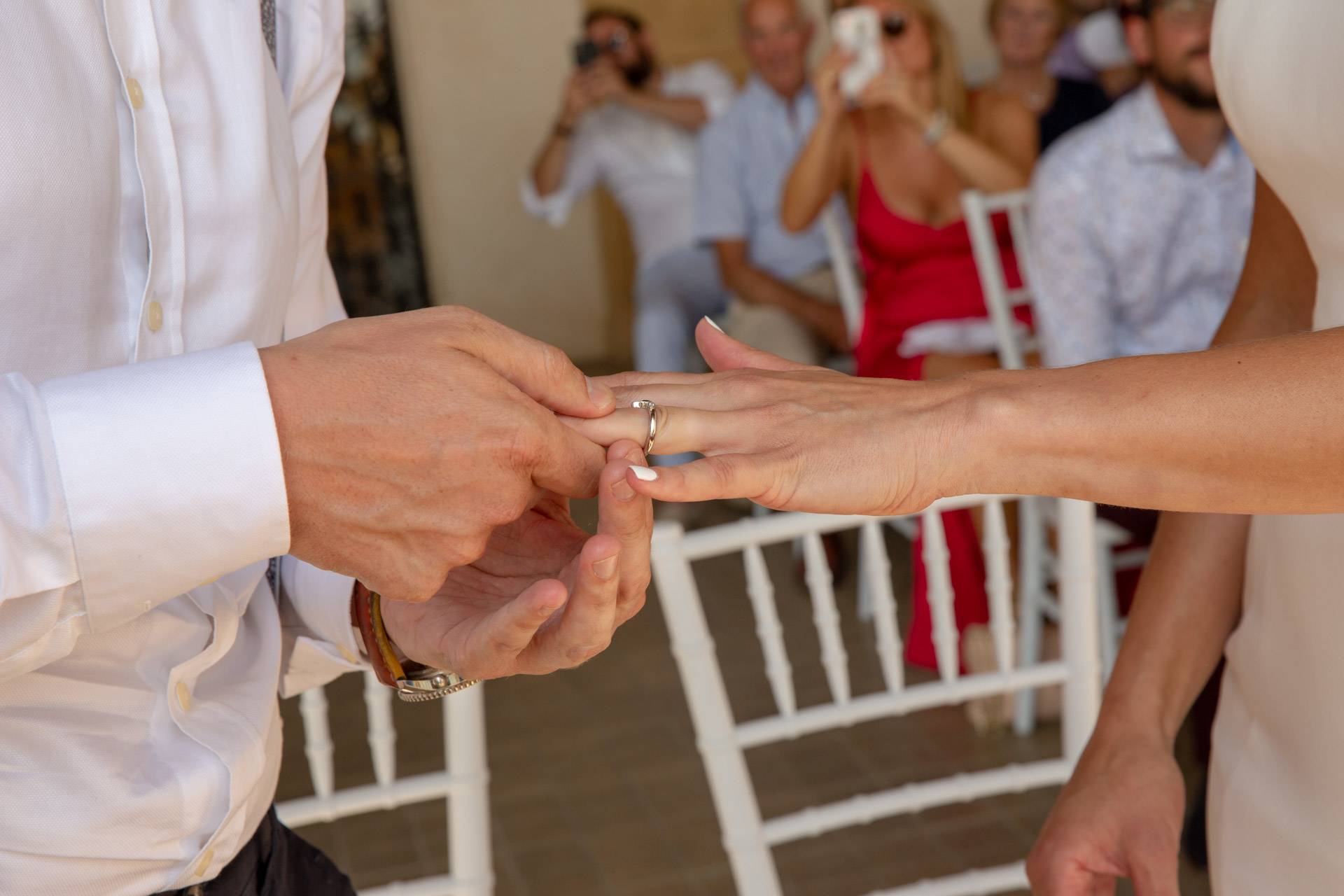
Something old, something new, something blue – what ? The idea behind these is that the brides wears something old to connect her with her previous single life, something new to represent the future ahead of the couple and the blue is to represent fidelity and love. It’s actually a lovely nod to the transition taking place between the couple because, as is often the case, even for couples who have lived together for years and who perhaps don’t expect ‘being married’ to change anything much, there is actually a subtle shift in the relationship. I personally found that I felt the commitment more keenly and I remember being surprised by the simple pleasure I took in being able to call Lorenzo ‘my husband’.

The Best Man, well that’s an eye opening I can tell you. General folk law has it that local lads looked for a wife amongst local girls in their village however if there were no young lasses that took their fancy they might look further afield to neighboring villages. This attention wasn’t always welcomed, in fact far from it apparently. There are tales of grooms kidnapping their soon to be wives and this is where the Best Man comes in because, let’s face it, if you’re off kidnapping a feisty young lass, hoping to steal her away from her family and possibly other suitors then it’s a 2 man job. Hence the Best Man! Who then stood by on the day, possibly armed, to make sure that everything went ahead as planned. So while we may have kept the tradition I’m really rather glad that we’ve not kept the original reason.
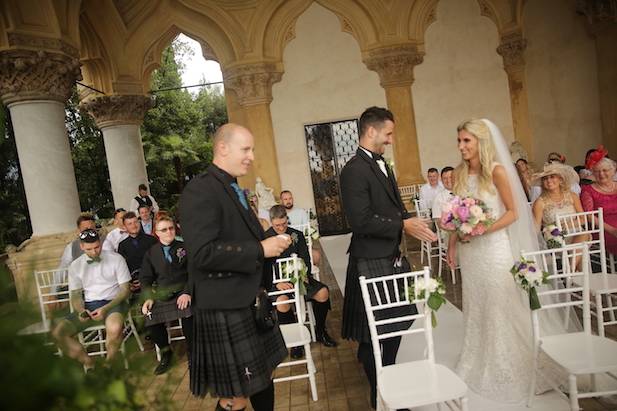
Bridesmaids instead were there to confuse evil spirits who might have wanted to curse the marriage, the more young women who were all dressed in a similar fashion the more likely the evil spirit was to choose the wrong one or just give up! These days of course brides rely on their best girls to help them stay calm, get ready and to do up all those little buttons down the back of the wedding dress – professional tip : a fork is really handy for this!
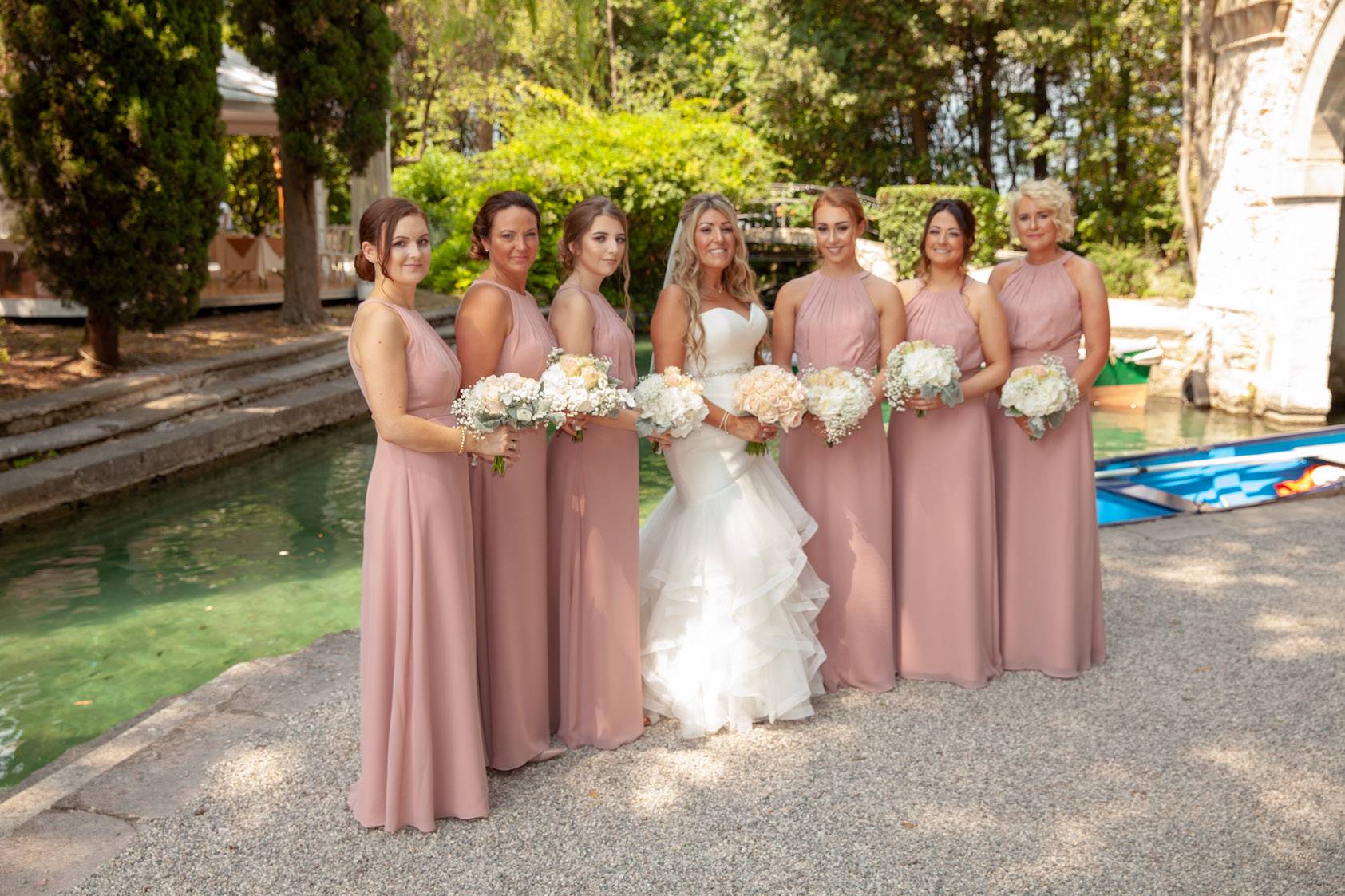
The throwing of the brides bouquet, which seems a little odd given the time and consideration gone into choosing it, has actually replaced an earlier tradition which I have to say I’m very glad we’ve done away with. In days gone by the wedding guests use to try and touch the bride as she was so ‘lucky ‘. Even better was to tear a piece of the brides dress off as a keepsake that was considered to be good luck. This eventually led to the wily brides tossing the bouquet at her guests and scarpering before they could attack her dress! If you don’t want to throw your bouquet or what to keep something to remind you of your bouquet you can have a silk replica made that will stay forever beautiful.
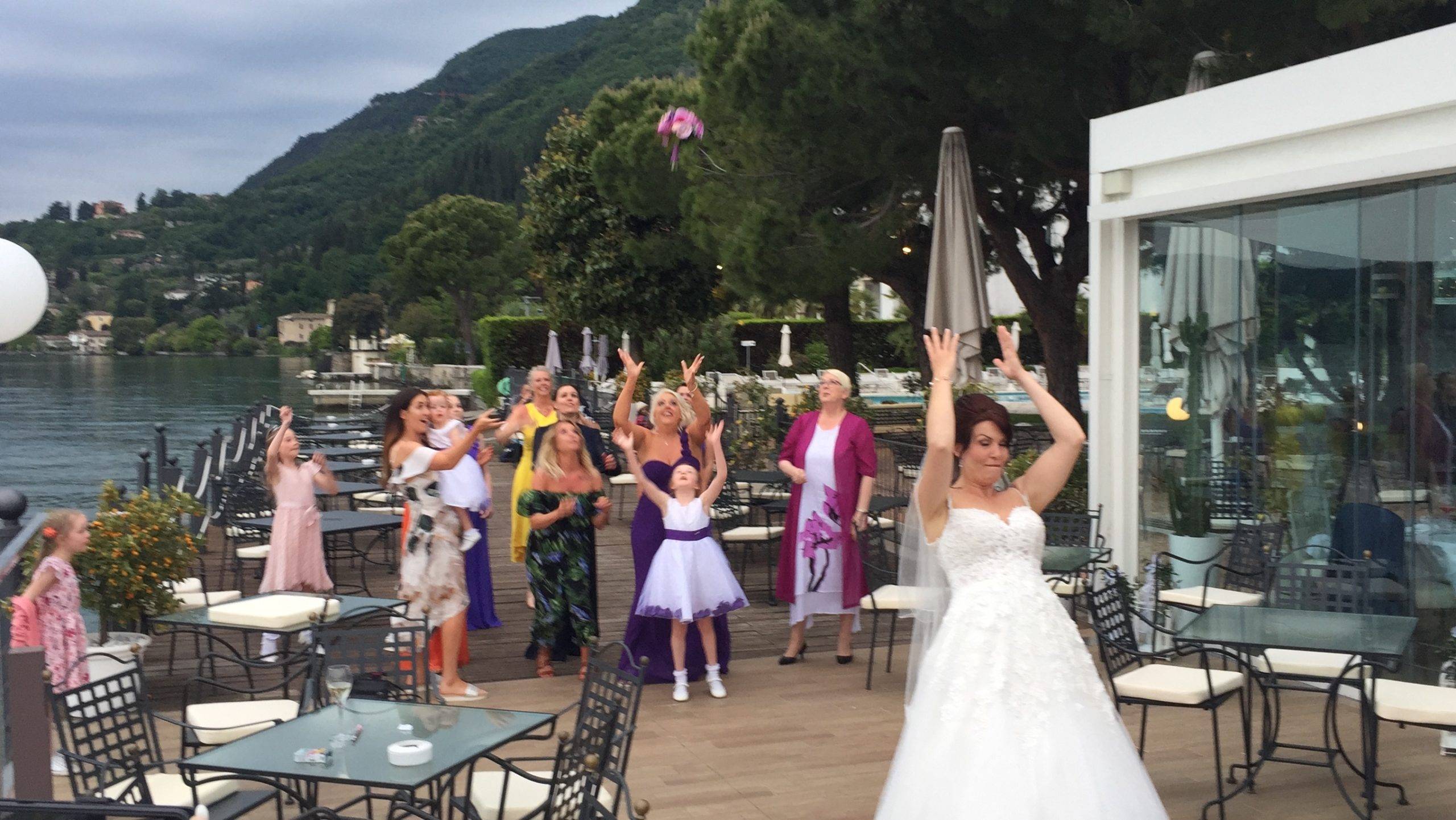
Confetti is a good one, in Italy the word confetti actually refers to sugared coated almonds and it seems these might actually be the reason confetti is called confetti. In the middle ages it was not uncommon to throw the sugared almonds or other sweetened nuts or seeds over the happy couples heads as a symbol of fertility. This in itself probably stemmed from the ancient Roman tradition of breaking wheat cakes over the brides head. The Italians actually still use sugared almonds as confetti but luckily they are no longer thrown over the bride & groom. Instead they are given, usually beautifully presented, as part of the wedding gift that they give to their guests, what we call favours. Italians moved on from expensive confetti to throw over the couple to cheaper and easier to source rice and this is still used today (often by the kilo !) whereas the UK offers many variations of confetti, coloured paper, bio degradable options and of course the ever romantic petals either fresh or dried.
Are there any traditions that you simply can’t consider not having at your wedding or any you really want to ignore ??


